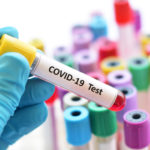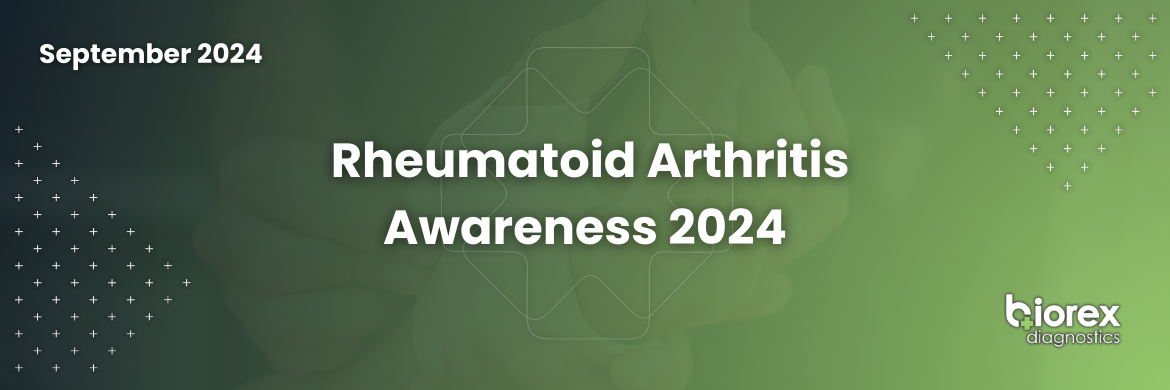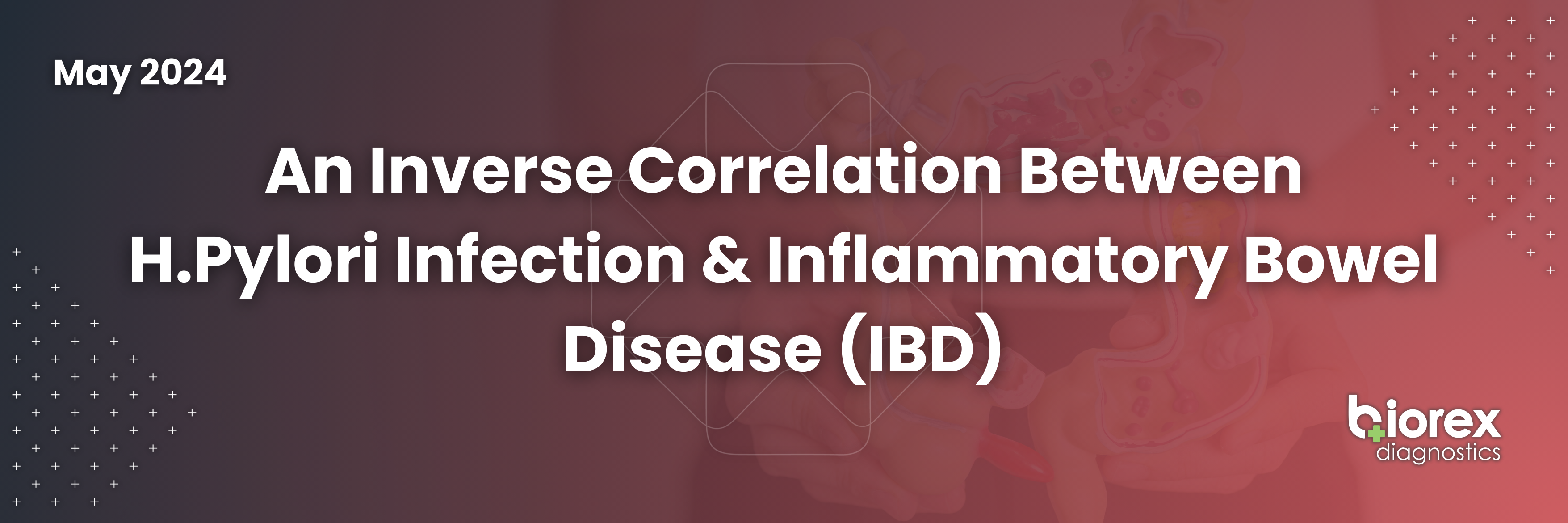Ovarian Cancer Awareness Month 2025
Understanding Ovarian Cancer and Its Challenges Ovarian cancer occurs when abnormal cells in the ovary, fallopian tube or peritoneum begin to grow and divide in an uncontrolled way. They eventually form a growth (tumour). If not caught early, cancer cells gradually grow into the surrounding tissues. And may spread to other areas of the body. (Cancer Research UK, 2025) Unfortunately, this type of cancer often develops without clear symptoms in its initial stages, resulting in late diagnosis when treatment options are limited and generally less effective. When symptoms eventually manifest, such as abdominal swelling, pelvic discomfort, and alterations in bowel habits. They
The Role of Lp(a) in ASCVD
Lipoprotein (a) was first described by Kåre Berg in 1963; half a century after its discovery, it is well established that increased levels of Lp(a) confer an increased risk for CVD.
World Heart Day 2024
For World Heart Day 2024, Biorex Diagnostics met with Clare Caulfield, Founder and Chair of Braveheart's NI, to raise awareness around Congenital Heart Disease and the work the Bravehearts NI carries out.
Rheumatoid Arthritis Awareness Week
Rheumatoid arthritis is a long-term condition that causes pain, swelling, and stiffness in the joints. Periods of worsening symptoms, known as flare-ups or flare-downs, may occur. "Rheumatoid arthritis is an auto-immune disease in which your immune system has become overactive and started to attack the healthy tissue around the joints. This can lead to inflammation which leads to joint damage." For Rheumatoid Arthritis Awareness Week, Biorex Diagnostics spoke with Keri a Versus Arthritis staff member and volunteer who was diagnosed with Rheumatoid Arthritis. Keri experienced her first signs when she was 21. She explained, "I woke up one morning with really painful, stiff
Sexual Health Awareness Week 2024
It is estimated that more than one million sexually transmitted infections (STIs) are acquired every day worldwide. Sexual Health Week is dedicated to promoting and highlighting the importance of sexual health. Sexual Health Week 2024: Are You Feeling It? advocates for easily accessible information for all regarding access to contraception, testing, and treatment to foster informed decision-making. It aims to reduce stigmas around the subject while championing the importance of knowledge, resources, support, consent, regular check-ups, and HIV and STI testing.
International Overdose Awareness Day 2024
In 2019, there were around 600,000 deaths due to drug use and 2.6 million deaths due to alcohol consumption globally. International Overdose Awareness Day (IOAD) occurs each year on August 31 to raise awareness about overdose, reduce stigma related to drug-related deaths, and promote change to minimize the harms associated with drug use.
The Role of Rapid Testing in POC
Point-of-care (PoC) diagnostics have transformed the healthcare industry by bringing essential testing closer to patients and accelerating decision-making processes. Rapid testing is a crucial element of PoC diagnostics, providing swift results that enable timely interventions and enhance patient outcomes. This blog delves into the significance of rapid testing in PoC diagnostics, supported by relevant statistics and an analysis of its impact on healthcare delivery. The Development of Point-of-Care Testing Point-of-care testing (PoCT) involves medical diagnostic tests conducted at or near the site of patient care, contrasting with traditional laboratory testing that often requires sample transport to centralized labs, causing delays. PoCT aims
The Intersection of Men and Women’s Health in In-Vitro Diagnostics
Health is influenced by various biological, environmental, and social factors, leading to different health challenges and outcomes for men and women. In-vitro diagnostics (IVD) are vital in detecting diseases, monitoring health conditions, and personalizing treatment plans. This blog delves into the distinctions in men’s and women’s health, highlighting the role of IVD, and backed by relevant statistics and data. Men’s Health: Key Issues and Data Men face unique health issues that significantly impact their morbidity and mortality rates. Key health concerns include cardiovascular diseases, prostate cancer, and mental health disorders. Cardiovascular Diseases (CVD): CVD is the leading cause of death among men.
Make May Purple For Stroke 2024
Make May Purple For Stroke Biorex Diagnostics are supporting Make May Purple for Stroke. Stroke is the result of a clot in a blood vessel leading to the brain, suddenly blocking or diminishing the blood supply to part of the brain. When the fresh blood supply containing oxygenated blood is deprived from any part of the body, cells become injured and may die. Whilst some cell injury is reversible, death to brain cells is permanent, and usually leaves a lasting disability 1. Types of Stroke There are three main types of stroke: Embolic is caused by a circulating piece of a clot when lodges
An Inverse Correlation Between H.Pylori Infection & Inflammatory Bowel Disease (IBD)
An Inverse Correlation Between H.Pylori Infection & Inflammatory Bowel Disease (IBD) In the field of medical research, the exploration of unforeseen correlations frequently paves the way for groundbreaking findings. One such revelation that has garnered considerable interest from scientists and clinicians alike is the inverse association between Helicobacter pylori (H. pylori) infection and Inflammatory Bowel Disease (IBD). Historically regarded as a gastric pathogen associated with peptic ulcers and gastric cancer, recent investigations have illuminated the unexpected protective role of H. pylori against the onset of IBD ¹. Understanding H. pylori and IBD Before exploring the inverse correlation, it's essential to understand the fundamentals
















